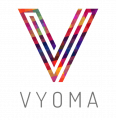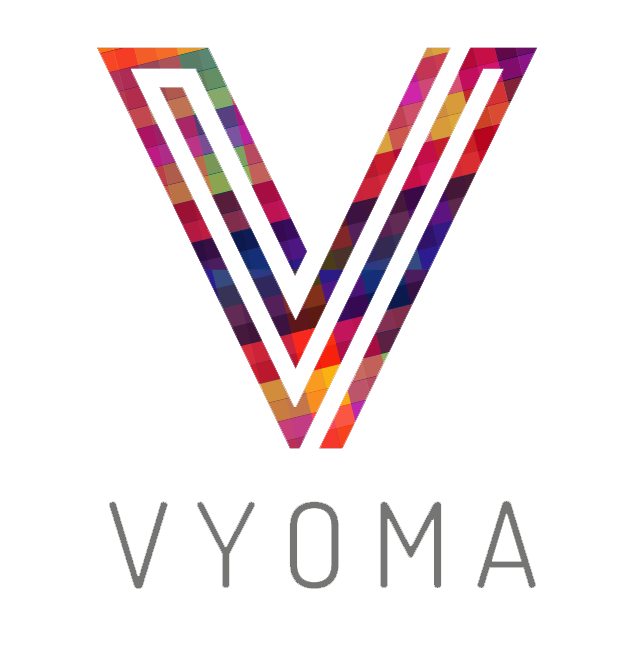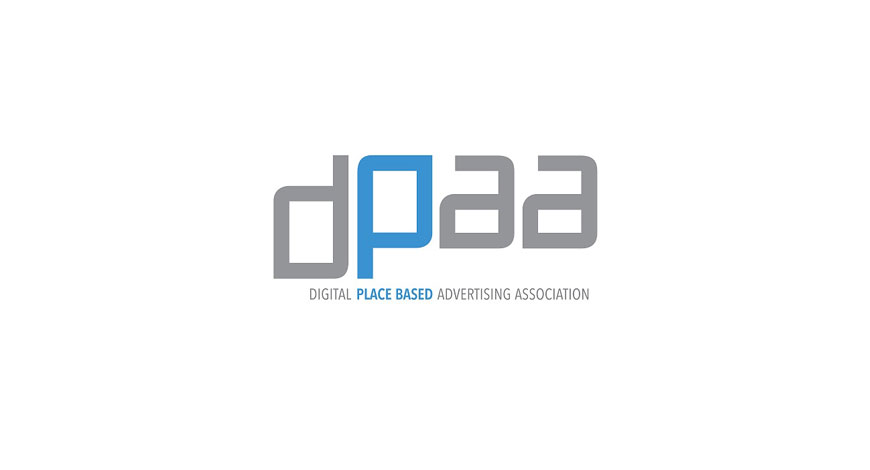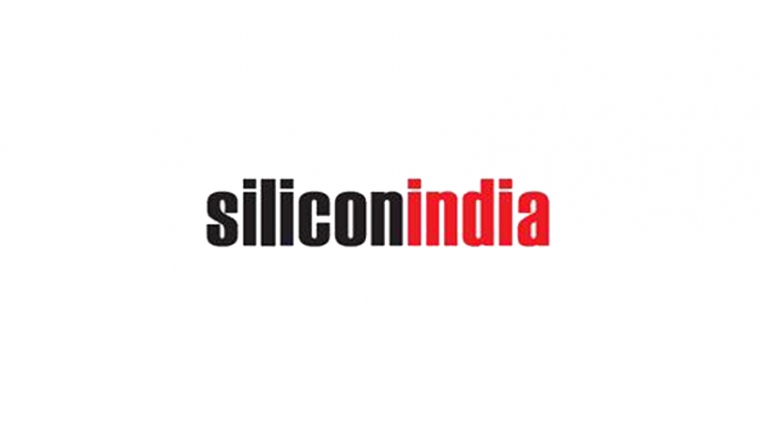Vyoma Media, India’s leading out-of-home digital media solution company, recently joined the DPAA as the group’s latest international member and first from that country. Mel Stott recently chatted with Shoumitro Goswami, Vyoma’s COO.
In what types of venues are your screens located?
We are currently located at railway stations across India and have been fortunate to have an on-going relationship with the Indian Railways for a number of years now. Specifically, our screens are located at the ticket counters where on average 23 million tickets are bought every day. This allows us to engage with a captive audience who are typically waiting in-line for 10-15 minutes.
We’re also exploring opportunities within the ever expanding Metro system, local bus and highways network in the country.
What type of content do you play?
Our goal is to inform travelers better, which in the past only happened verbally when the traveler came face to face with the ticket counter executive.
In order to get travelers to view our screens, the bottom ¼ of every screen shows their ticket information (details of a traveler’s purchase and journey). So now when they are purchasing their ticket they have already got a preview of their details on the screen before completing their payments.
On the top ¾ of the screen we show advertising, railway content and also content that we’ve created in-house. Advertisements are normally a 10-30 second video, animation or stills that are provided by our clients. Railway content includes trip-related information and public service announcements.
We also put up engaging content that might include cricket or sport scores, information about the location the traveler is at, historical highlights and relevant national news highlights.

How many consumers see your screens each month?
We currently have 2,130 screens across India and 120 million tickets are bought at our screens each month.
Please tell us a bit about your Real Time Monitoring software and how it benefits advertisers.
I firmly believe the whole industry has gone through this but in India especially, reliability of screens has been questionable. Hence to counter this pessimism/perception, we have put in place a NOC and a historical dashboard, which tracks in real time how a particular screen is functioning.
If a screen is off, we can restart it remotely and do a number of checks to get it back online.
As we are pinging (monitoring) our screens constantly, we also provide clients with a historical perspective – we can show them the up-time over a period of time on our historical dashboard. This way, clients can also monitor their screens and see if they are running during their campaigns and therefore if their ads have played. It gives them a very transparent view into their network and confidence that their content is reaching the targeted audience.

Do you have any expansion plans?
We do. Within the railways we are looking to expand across more stations and at different touch points with the traveler. We are planning on installing platform and concourse screens within railway stations. The objective would be to try and reach the 23 million passengers each day multiple times during their travel.
We also see huge opportunities in the transit space as mentioned earlier. We are currently undertaking pilot projects across a bus network in Bangalore and will expand to other cities shortly. The Bangalore network reaches about four million passengers a day.
We have just won a contract for the Kolkata (Calcutta) Metro and will start installation of ~250 screens in about a month. Kolkata Metro has about five million passengers a day. We would like to expand to other metros in other cities. There are about 15 or so across the country, with others in the pipeline.
Finally, we are targeting the national highways at the toll plazas that are located on these routes. We are installing our first 180 large format LED screens at the toll plazas on one of the busiest highways just outside Bangalore. We plan to increase this presence by targeting the over 500 toll plazas across the country.
What prompted you to join DPAA?
We were very excited to hear about DPAA as we feel the DOOH industry is underrepresented in the advertising world. Being a part of DPAA allows us to learn about best practices from other members which in turn will help us to educate and instill confidence about our industry among our existing and potential advertisers.
Our industry is going through a massive change with programmatic and contextual advertising now being possible and being part of an organization such as yours allows us to be on the cutting edge of those developments.Read More




